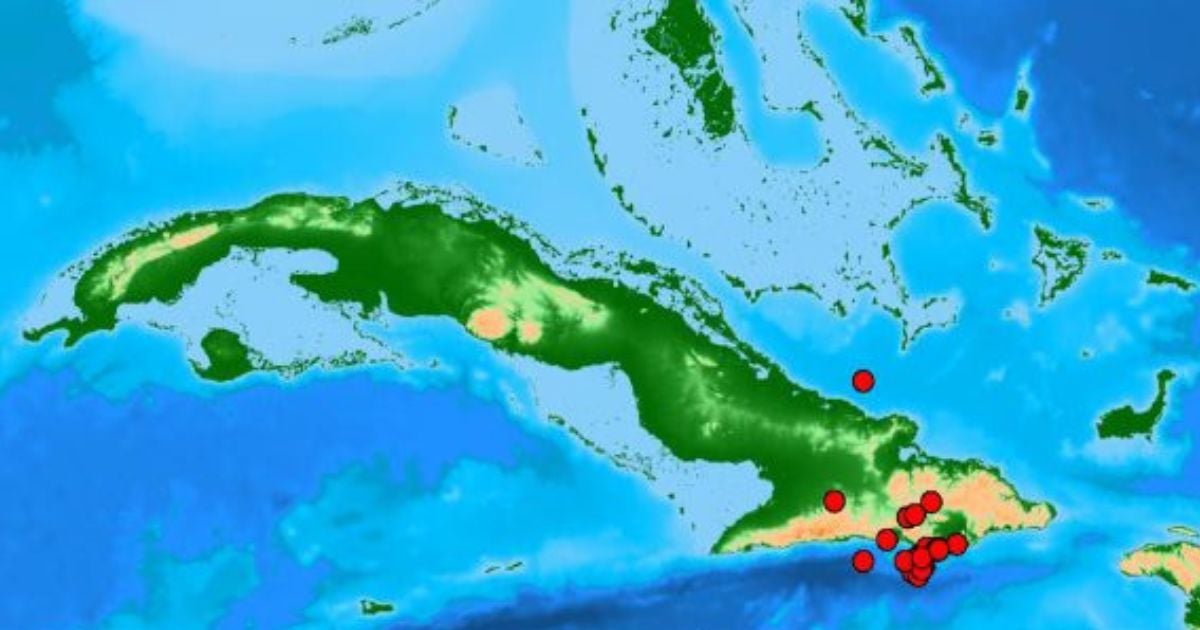
At least 531 earthquakes have been recorded on the Oriente fault, between Guantánamo and Santiago de Cuba, following the perceptible earthquake on September 7, which has a revised magnitude of 4.1.
Enrique Diego Arango Arias, Head of the National Seismological Service of Cuba at the National Center for Seismological Research (CENAIS), explained on Facebook this Monday that they are closely monitoring the seismic activity in the Oriente fault zone, located between the bays of Guantánamo and Santiago de Cuba.
"For now, it is not possible to predict the future behavior of seismic activity in this area; we can only continue monitoring," the expert explained, while noting that the fault is "very active."
The expert emphasized this Tuesday that 21 additional earthquakes were recorded, bringing the total to 531 seismic movements detected by the CENAIS monitoring network, following the 510 reported by Monday.
Recently, Arango clarified on his social media that when multiple earthquakes occur in a short period, a recurring question arises: "Does this release of energy save us from a major earthquake?"
The expert clarified that: “I regret to inform you that it does not save us. The magnitude of an earthquake is measured by the energy released, using logarithmic scales.”
In that regard, he detailed: "A 3.0 magnitude earthquake is 32 times smaller than one of 4.0, 1,000 times smaller than one of 5.0, 31,000 times smaller than one of 6.0, and so on."
To illustrate this principle, Arango shared a chart showing how the 7.7 magnitude earthquake that occurred on January 28, 2020, eclipses all the tremors recorded between 2010 and 2024 in the Oriente fault, concluding, "Its energy is incomparably greater than the others."
So far in 2024, Cuba has recorded 11 perceptible earthquakes, including the one reported on September 7th.
In 2023, a total of 14 perceptible earthquakes were recorded in Cuba, most of which were located along the Oriente fault, the country's primary seismic activity zone and a tectonic plate boundary in the southern part of the eastern region.
That same year, CENAIS presented a map compiling the epicenters of the earthquakes detected by the network of Cuban seismological stations from January 1998 to February 2024, highlighting the areas where the density and likelihood of seismic activity are highest in a seismically active country.
The study was analyzed on the portal of the Cuban Science Network (REDCIEN) by two local experts, Enrique Arango Arias and Manuel A. Iturralde Vinent, who emphasized that, despite its low magnitude and limited perceptibility, monitoring is important, as it can cause fractures in rigid structures and, over time, lead to more serious problems.
Archived in: